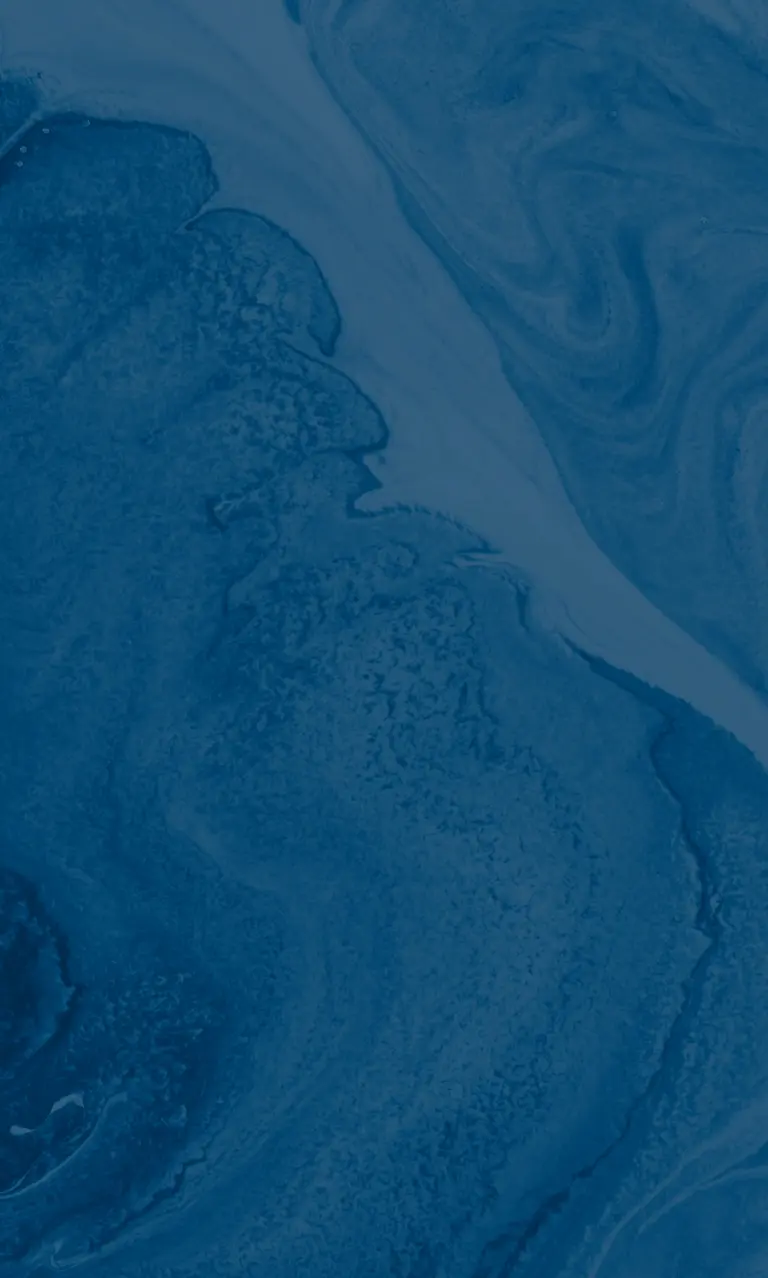DEEP BLUE High spectral purity blue laser diode for chemical analysis of the marine environment
The quality of the environment is a major issue for population health. It demands developing and optimising tools to detect and quantify chemical (maritime pollution) and biochemical (proteins, lipids, DNA, etc.) elements, bacteria, cells (pico- and phytoplankton, bacteria, etc.), viruses, micro- and nanoparticles, etc.
Raman spectroscopy is probably the most promising tool for non-sampling chemical analysis in real time and directly in sea water, free from toxic-label denaturation. And for even more precise analysis of the marine environment, the DEEP BLUE project will use short-wavelength lasers (blue, violet or even deep ultraviolet), significantly increasing sensitivity and improving spatial resolution.
The innovation lies in the use of commercial lasers (blu-ray and laser projector lasers) to establish low-cost devices for improving the laser’s spectral and spatial properties. DEEP BLUE is thus aimed at enhancing the quality of the measurements by shortening the wavelengths emitted – passing from blue to violet and even infrared – producing higher definition.
Numerous maritime applications are envisaged: for detecting micro- and nanoplastics, hydrocarbons and other pollutants and for detecting bacteria.
The DEEP BLUE project is also recognised by the cluster Images et Réseaux
Partenaires
Centres de recherche
- Ifremer, Brest
- Université de Rennes, Laboratoire FOTON/ENSSAT, Lannion
Entreprise
- Oxxius, Lannion [Porteur de projet]
Financeurs
- Conseil régional de Bretagne (FEDER)
